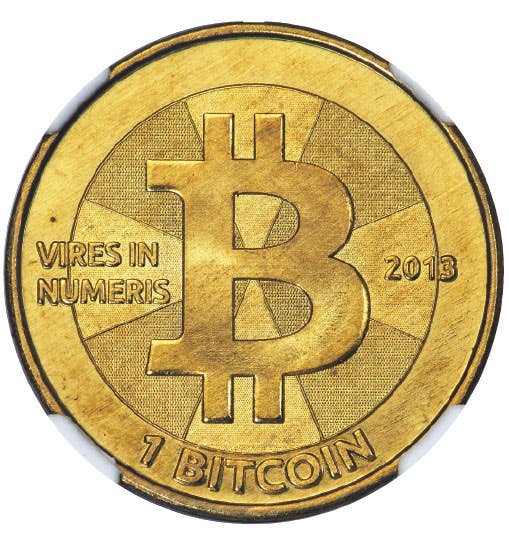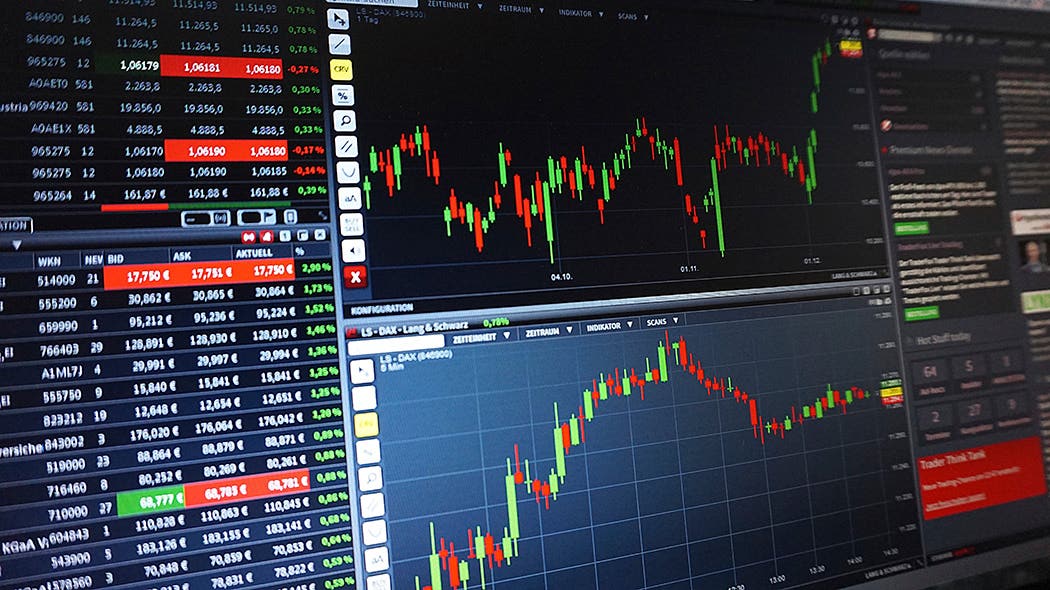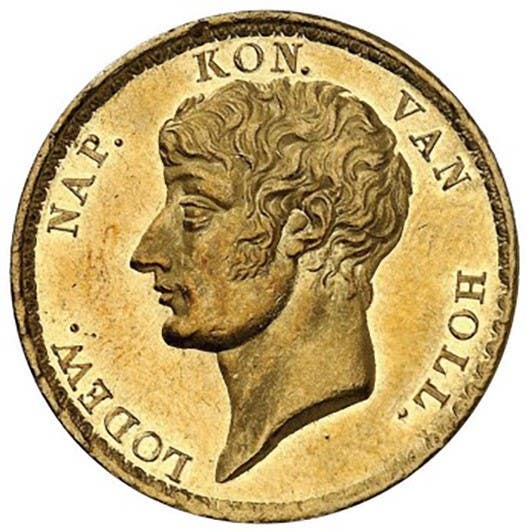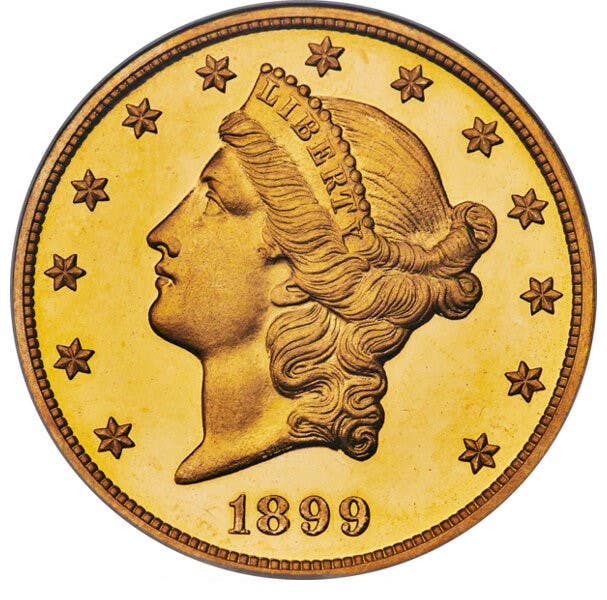Bring on the Small Cent
By Mark Benvenuto From the beginning of our new coinage system in the 1790s, all the way up to the 1850s, the United States Mint did a fair job of…
By Mark Benvenuto
From the beginning of our new coinage system in the 1790s, all the way up to the 1850s, the United States Mint did a fair job of producing one-cent coins. The first few years saw some extremely large copper pieces, and indeed, after a couple of years of production, the weight was reduced. But still, these earliest coppers earned the name “large cents.” Both their size and weight are impressive.
Exit the large cent.
By the middle of the 1850s, the system and economy that had enabled the Mint to produce large cents was undergoing serious pressure. From roughly the 1820s until the middle of the century, a quickly growing United States lived in what now gets called a deflationary economy, meaning goods and products often got cheaper from year to year (something that has not happened in living memory!). In an economy like this, farmers, for example, tried to get their produce and other commodities to market as quickly as possible, so the price didn’t fall before they could sell. But this didn’t last forever, and by the mid-1850s, the cost of many commodities, copper included, had started to rise again. In the case of copper metal, it had gone up enough that it was no longer profitable to make cents of the traditional weight.
Right here we have what might be called a first collecting point – the latter large cents. What are called the Coronet cents have a long history, going backwards from 1857 all the way to 1816. While there are some lean or scarce years in that span, a look through any of the major price listings shows that there are plenty of common dates. And since we might want to nab just one, assuming we are trying to put together some form of type set from this transitional time, well, any date in the 1850s, with the exception of the 1857, are all fairly common. A specimen in a grade like MS60 can be as inexpensive as $200, while dropping down in grade to something like an EF40 drops the price rather amazingly, to something like $70.
One point we should make – collecting should always be fun, and that means it shouldn’t drain our bank accounts. In the past few years, there has been a steady flood of news articles about fantastic pieces, some large cents included, that have crossed the auction block at rather astronomic prices. For our purposes, let’s focus on not just the grade but on what we get for that grade (and expense). Yes, an MS60 version of a large cent like the 1856, for example, is a beautiful coin. For that matter, it is attractive in any of the Mint State grades. But an EF40 specimen still can have some tremendous eye appeal. Some folks might even claim the slight bit of wear proves that this working coin did some work. And to drop to less than half price, just because of this small difference? Well, it may very well be a good way to start a collection and at the same time keep enough money in our wallet to grow that collection.
Enter the Flying Eagle cent.
Back to our large cents, though, and to the problem the Mint faced in making money while making money. In 1856, the Mint had progressed far enough in solving this problem that it had minted a couple of thousand small cents, as patterns to show Congress and other folks in charge, and not as circulating pieces. It did this even while still producing a couple of million large cents – the total for 1856 was 2.69 million. There are quite a few wonderfully colorful stories about these 1856 trial or pattern coins that have come out over the years, of how Congressmen used these pieces or gave them to others as gifts. It’s tough to tell the truth from the rumors this far after that date, but some of them must have been used, polished, or carried as good luck pieces, since they can be found today with various amounts of wear on them.
The 1856 Flying Eagle cent might be the stuff of dreams as far as most of our collections, but the 1857 and 1858 were produced in large enough quantities that they are quite affordable today. Even the Mint State grades are not outrageous, and with only two dates required for making what can be called a full set, most of us will only need the patience to find them. Plus, a person who wants to be complete can even go for one of the 1857 large cents. That was the last hurrah for our big coppers, with 333,546 of them being pounded out before the big press went silent, and can make a neat addition to any collection of coppers from this time.
Enter the Indian Head cent.
The Flying Eagle cent took flight, as it were, and in 1859 was replaced by the Indian Head cent, a copper coin of the same weight but with an image that has since become a real American classic. Plenty of collectors today still make comment that the Indian Head cents were one of their earliest series. That first year of issue saw a mintage that dwarfed even the two years of circulating Flying Eagle cents – and those two in turn eclipsed all the large cents that had come before them. There are 36.4 million of these earliest Indians on the official Mint tally, which means that the collector of just about any means can snag one for himself or herself. That EF40 grade we just spoke about will only cost $100 when it comes to this oldest Indian.
When it comes to collecting Indian Head cents, especially for the new folks in the crowd, it’s worth noting that these coins are such collector favorites that not only are there all the fine differences of grading up in the MS zone, there are also proofs listed, as well as coins that have designators like “R” or “RB” after their grade, meaning “red” or “red brown.” People really enjoy these cents and go to great lengths to grade and describe them. The same words of warning we mentioned before pertain here: buy what you like. That simple advice usually saves us from buyer’s remorse later.
Change the design.
Right after the first year of issue, the design of the Indian Head cent was changed – or, at least, the design of the reverse was – making the 1859 a one-year deal. The new reverse with the oak wreath appears to have done nothing to diminish production of these new, smaller cents. Admittedly, the 1859 saw a bigger mintage than the 1860, but annual output was still big enough each year that these are pretty common pieces. Plus, by 1863, even that first year’s total had been trumped.
Change the composition, 1864.
What can be considered the final big change for the Indian Head cent came in 1864, when the alloy from which it was made was altered, from 88% copper and 12% nickel to 95% copper and the remainder tin and zinc. The humble one-cent coin had come quite a ways from the all-copper large cents of
the 1850s.
We can also say that, by 1864, the Indian Head cent had become a major league player in United States coinage. Tens of millions were being made each year, with only a trio of years from 1864 all the way to 1909 where this wasn’t the case. For interested collectors today, this means that there are quite a few affordable dates, in just about any grade, with prices for slightly worn but good-looking specimens sometimes dropping as low as $25. And of course, the possibility of collecting these classics in grades like MS60 or higher exist, even though it will take more than pocket change.
Overall?
A lot was going on as the large cent met its end and the new small cents were released to the growing nation. For collectors today, this turbulent decade gives us some wonderful possibilities, whether it is in terms of assembling a type set, collecting large cents, or collecting their smaller, younger siblings. Perhaps the simplest type set can be a trio, including one large cent of the 1850s, one Flying Eagle cent of the two circulating years, and a single Indian Head cent. For those of us who wish to branch out, there is the possibility of going back in time through the large cents, the possibility of grabbing up a duet of Flying Eagles, and the possibility of trying for as complete as possible a set of Indians. Those of us with a bit more to spend might even go for the 1857 large cent, or shoot the moon and try for an 1856 Flying Eagle. They’re tough but not impossible.
Whatever occurs, the best of luck to any of us who start in the turbulent 1850s, whatever direction your collecting goes.
This article was originally printed in Coins Magazine. >> Subscribe today.
As an Amazon Associate, Numismaticnews.net earns from qualifying purchases made through affiliate links.









